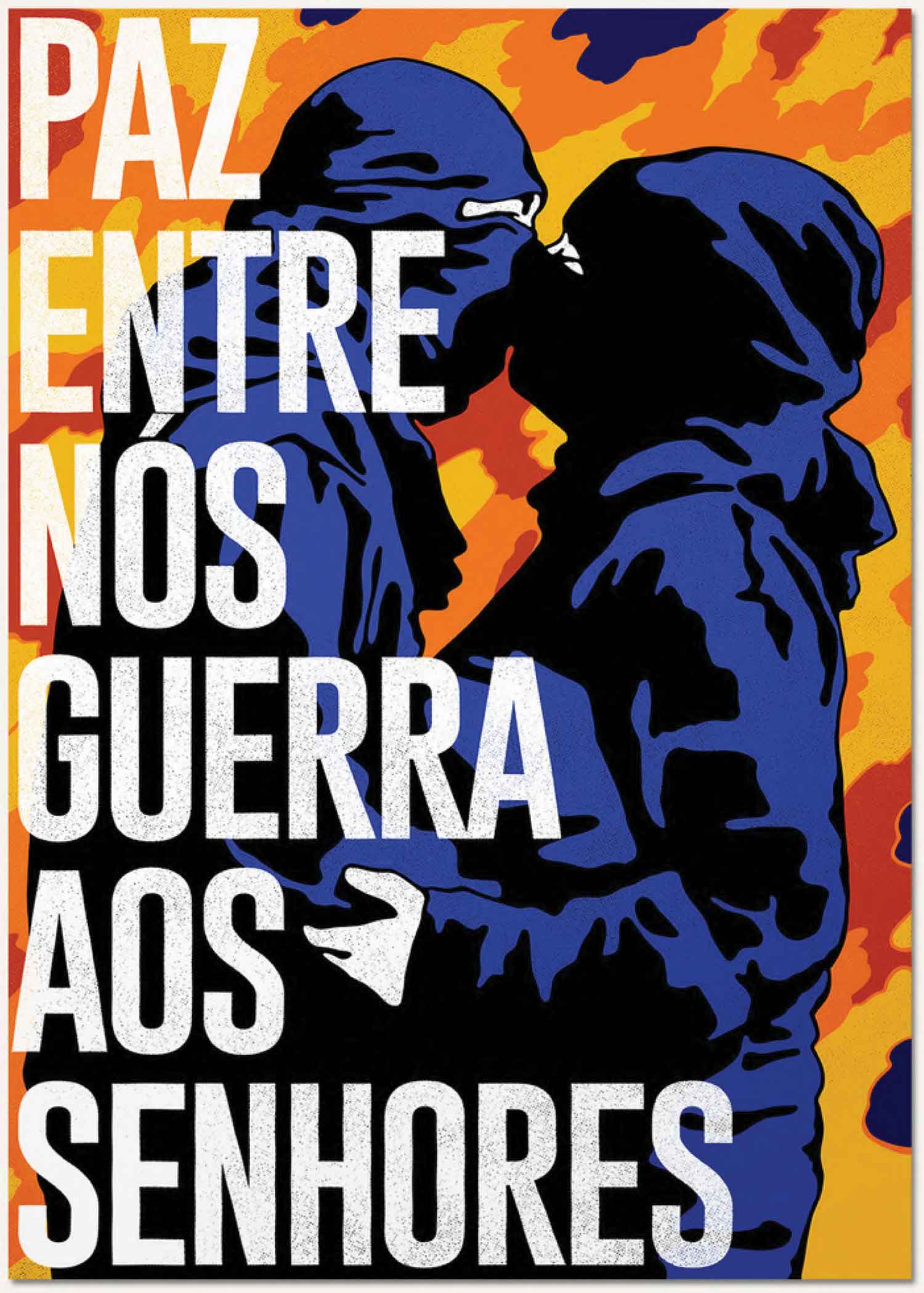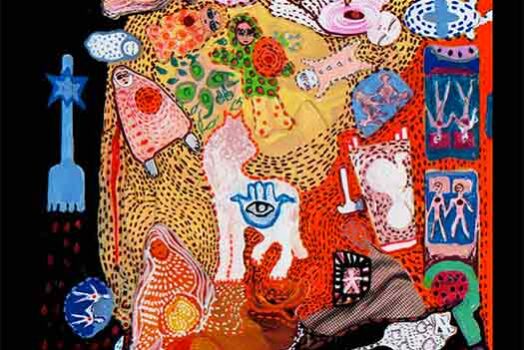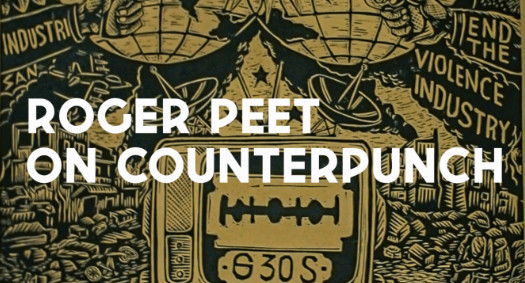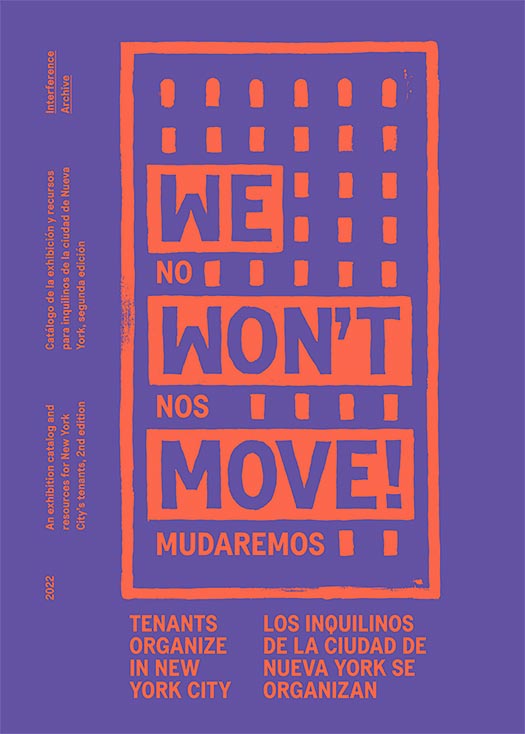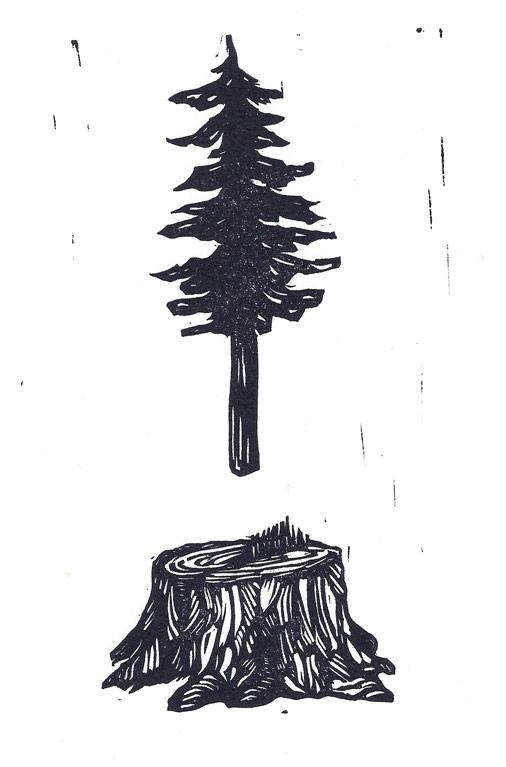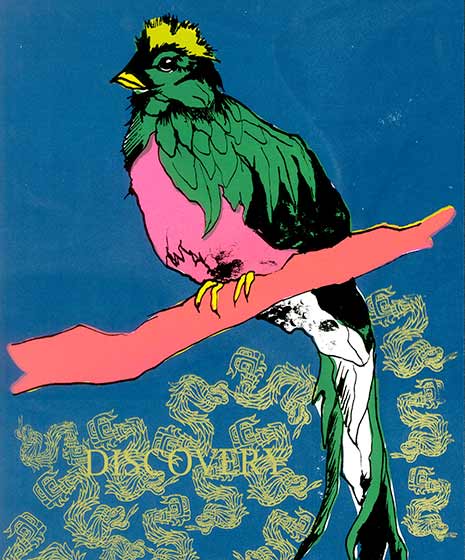Our eighth installment of Dispatches, an ongoing short interview series with political artists working around the world. This time we feature Dinelli, a young Brazillian poster maker bringing antiauthoritarian ideas into the aesthetics of Third World politics. Their work can be seen on IG at @1dinelli and on their website.
You can find all of the previous Dispatches here.
Will you tell us a little about yourself? Who are you? Where do you live?
I’m Dinelli, and I’ve been introducing myself as a graphic artist. I’m Brazilian, and until recently I lived in São Paulo, today I live in a nearby city.
How did you get involved in political graphics? What came first, art or politics? Did you go to school for art?
Certainly the impulse for art comes before wanting to express any position politically. I have a background as a graphic designer, but my passion for illustration predates my academic education. My openly political position in art is something recent, the posters for which I am most recognized today are the result of the last 2-3 years of work.
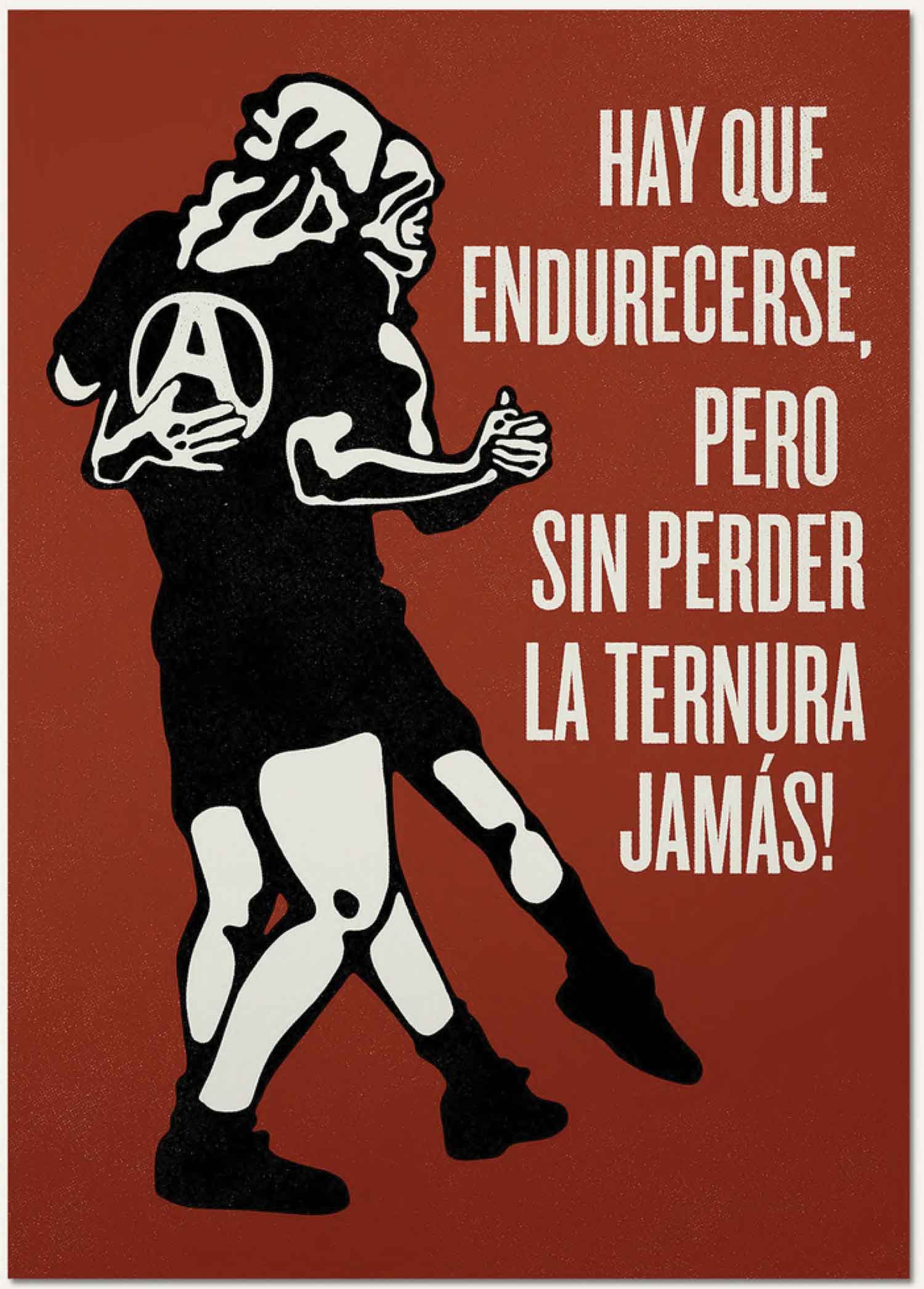
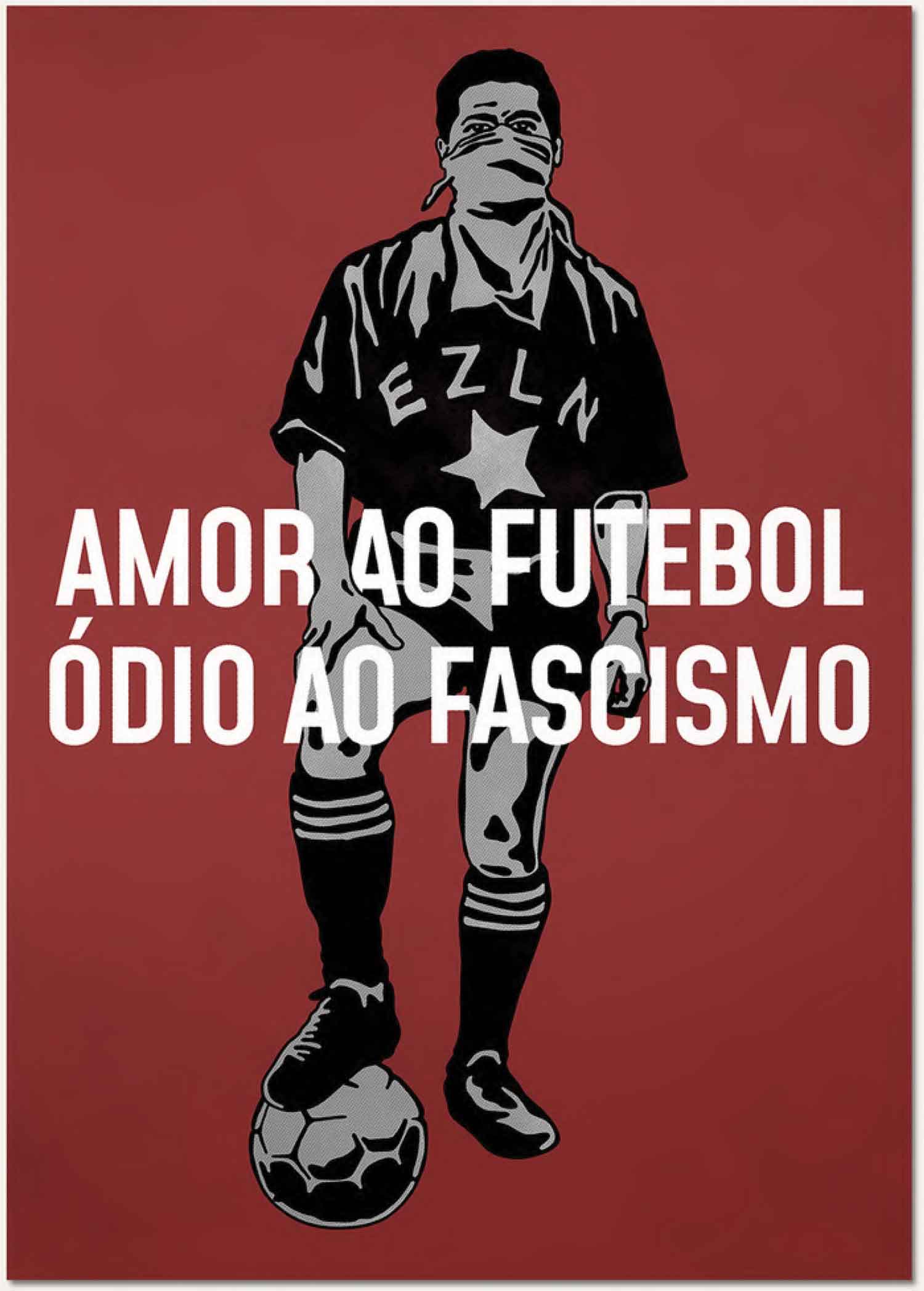
You’ve been creating posters that are extremely visually tight and efficient. They appear influenced by the Cuban posters by Rene Mederos and others, Chicano posters by artists such as Rupert Garcia, and the design work of Roman Cieslicz. Were these artists influences? What else are you inspired by?
Glad you can see the power of synthesis in these designs, a difficulty I have always had is creating art with many elements in the composition—so I started looking for references and working towards a more elementary visual synthesis for the posters I illustrate.
Without the slightest doubt, my work speaks to Cuban artists and other references from the 3rd world countries (as I like to call it), especially Latin Americans. I identify with the aesthetics of serigraphy [screenprinting], the flat coloring, and the very energy of this aesthetic.
Although I don’t know many artists by name, I also get a lot of inspiration from Palestinian and Kurdish posters. Another incredible reference for me is the work of Emory Douglas, who I would love to have the opportunity to chat or maybe send a art gift.
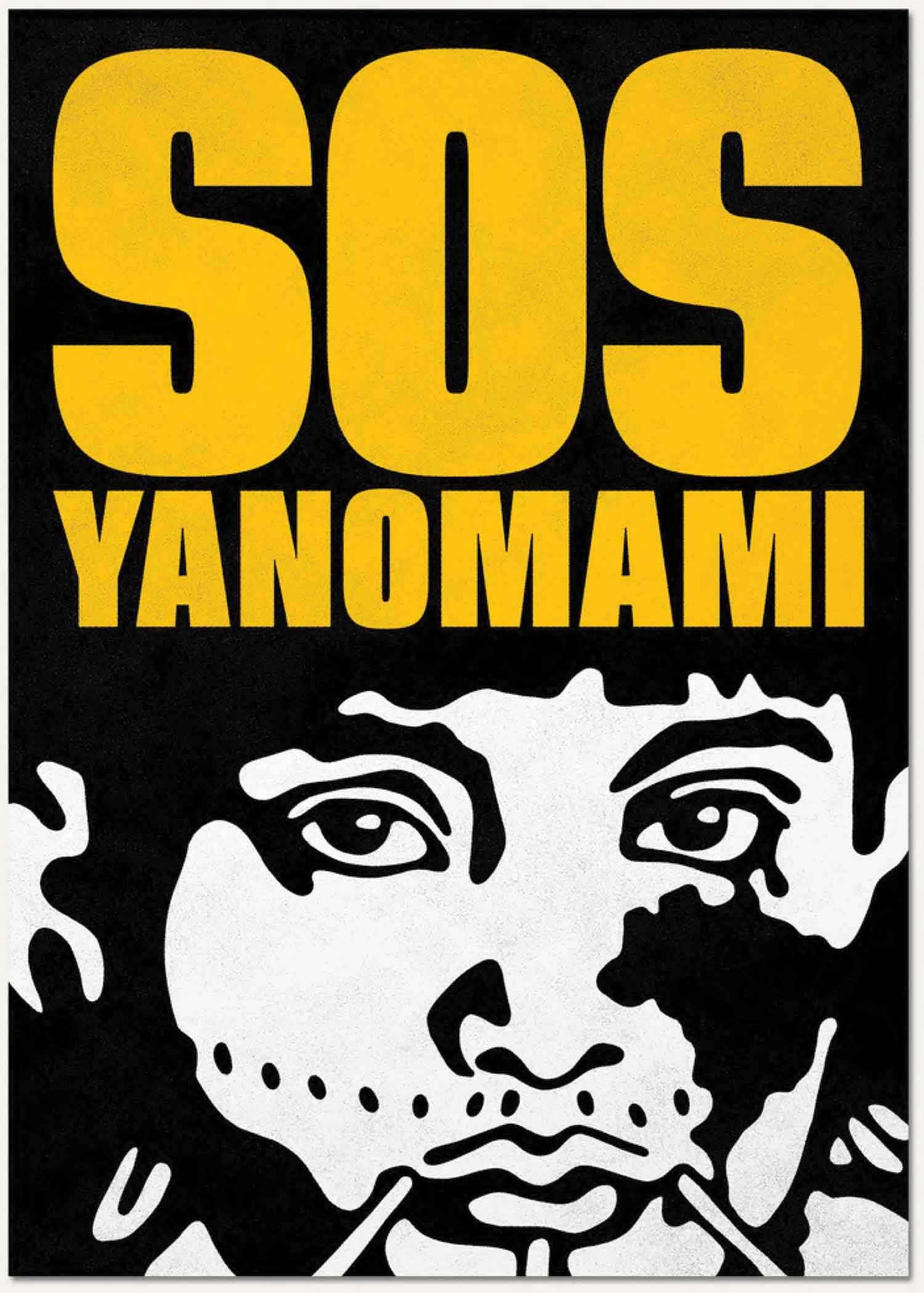

You seem to very antiauthoritarian, yet many of these design influences were articulating the politics of a much more traditional, statist left. Do you see a connection between your aesthetic and your politics?
Amazing question. I believe that it is precisely because of this enormous identification with the anti-imperialist decolonial struggle that I still identify with many figures who also find ties to socialist projects that I do not necessarily defend.
Here in Brazil, for example, we can often find anarchists celebrating figures from very different revolutionary projects—such as Che Guevara and Carlos Marighella (a very important Brazilian revolutionary during the resistance against the dictatorship in the 1960s). I’ve noticed that among Zapatistas and Rojava revolutionaries, figures like these still symbolize something that communicates the anti-imperial struggle coming from the periphery of the world.
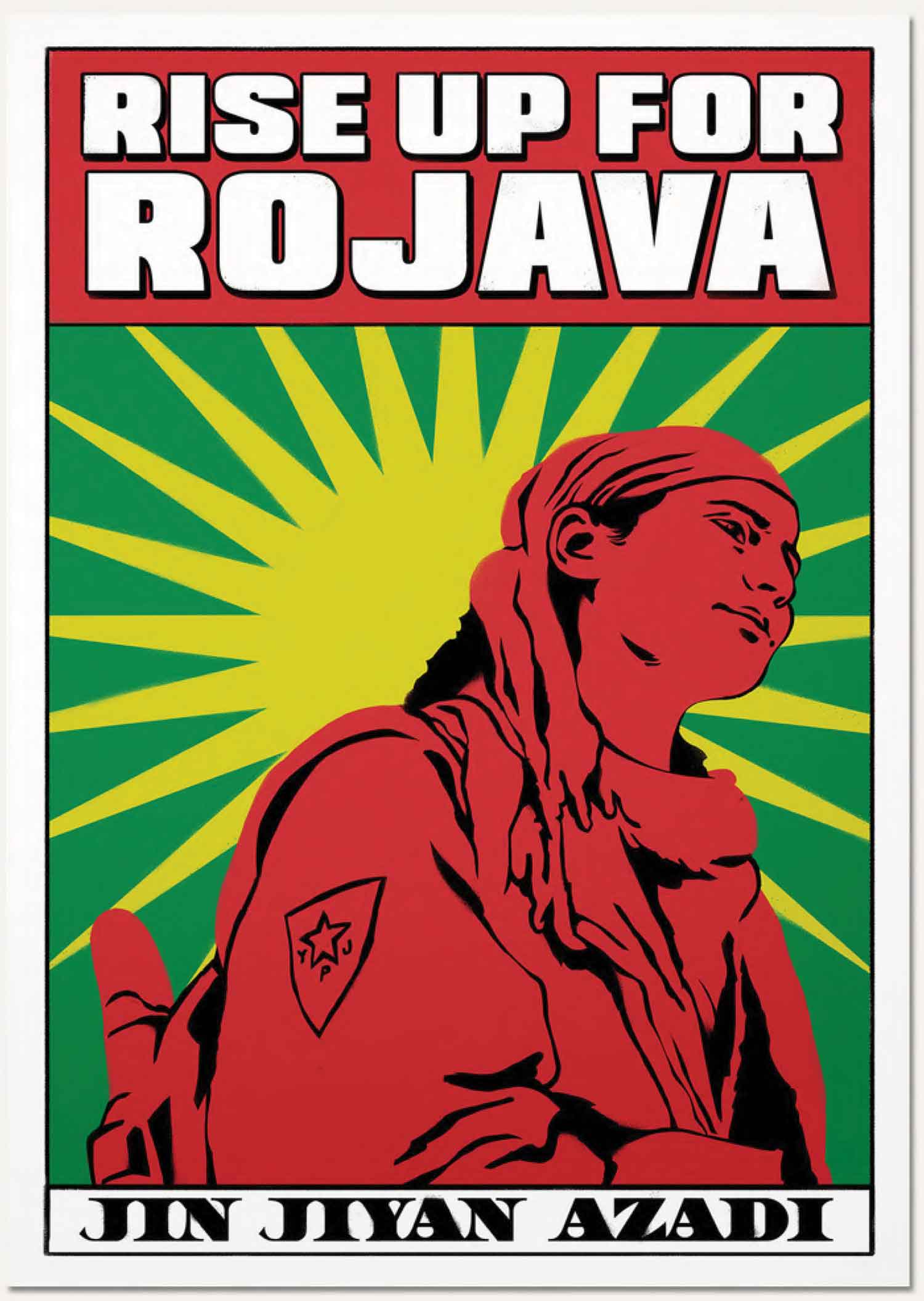
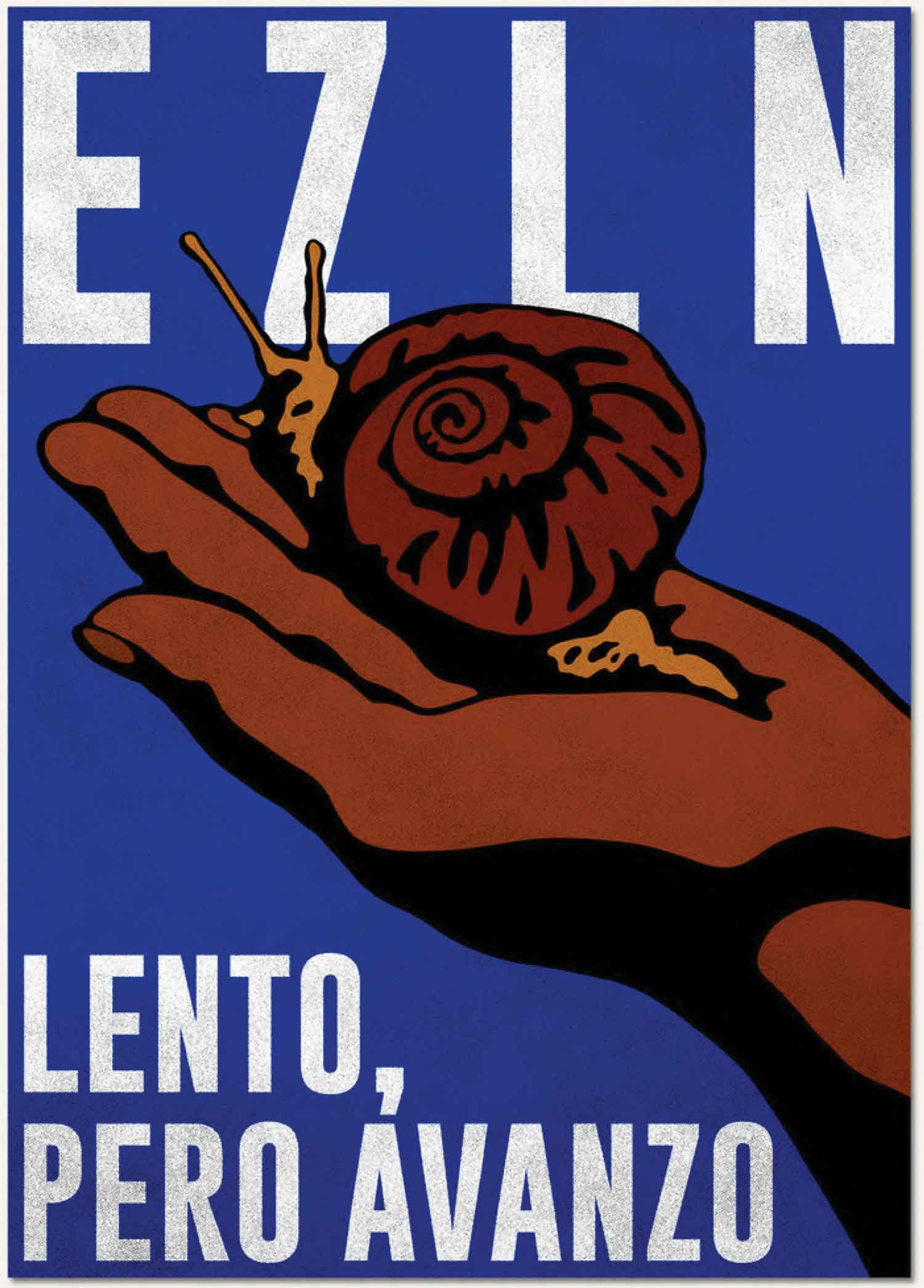
Do you work with any political organizations? Tell us more about your politics and how it effects your work?
I’ve had some involvement with social movements fighting for land and also with movements fighting for quality public education, but my biggest role has always been collaborating artistically with independent publishers that spread radical thinking and with grassroots campaigns.
I like to say that my greatest ideological affinities are in anarchism, and it is certainly expressed in my art. I find myself constantly elaborating the messages, looking for references, analyzing the specific use of each word that goes on the poster and what each one of them can express in its subtext (even though most messages are very direct in their meaning). I try to avoid incongruities of messages, symbols, and meanings. and this is the biggest effect my political vision has on the outcome of each art work.

Can you choose a poster to talk us through? What was the inspiration? What drove the design? What do you hope it will do in the world?
Terra é Poder—something like “Land is Power.” I don’t know about the impact in the world, but I really like this poster, and I made it inspired by the discussions raised by the “Teia dos Povos” which is a kind of articulation (teia=web) between Native peoples, quilombolas, landless people, and other peoples fighting above all for food autonomy and agrarian reform—in the face of extractive advances from agribusiness that destroy the environment and poison our food (we live in the country that has the fewest controls on pesticides) and state violence.
Today, in the territory known as Brazil—this occupied/stolen land, one can only fight for a different world by taking very seriously the struggle for land and the construction of food autonomy as the first form of self-defense and reconstruction of the environment.
You’ve done some comics and illustration work, is this something you are still actively doing?
I gave up on comics a long time ago. One of my main reasons was that I couldn’t find the breath to deal with very long projects. Today I get more and more involved with projects that approach a more ideological bias similar to my authorial work. I’m very interested in the publishing market too, but so far, I have relatively little experience with it.
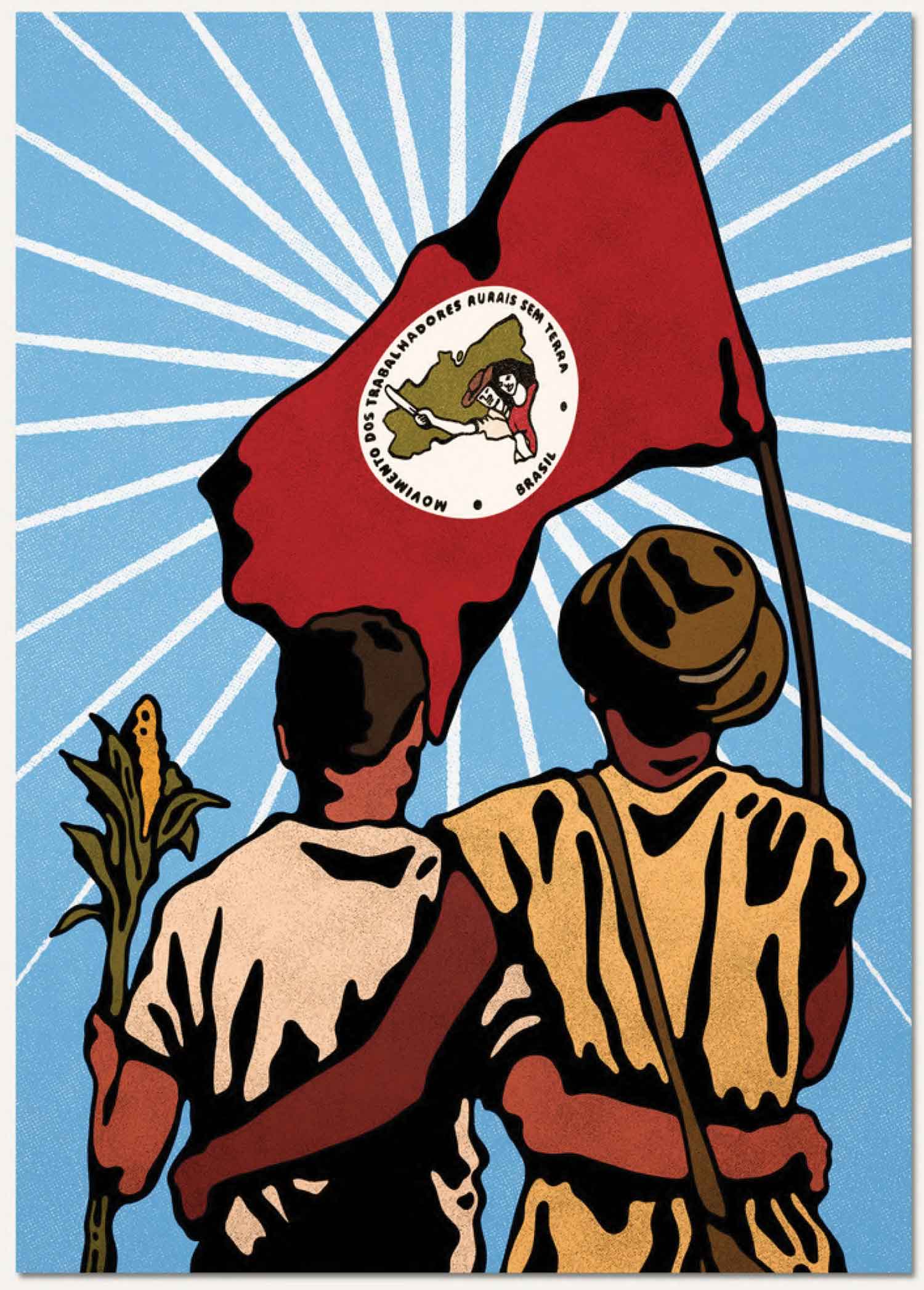
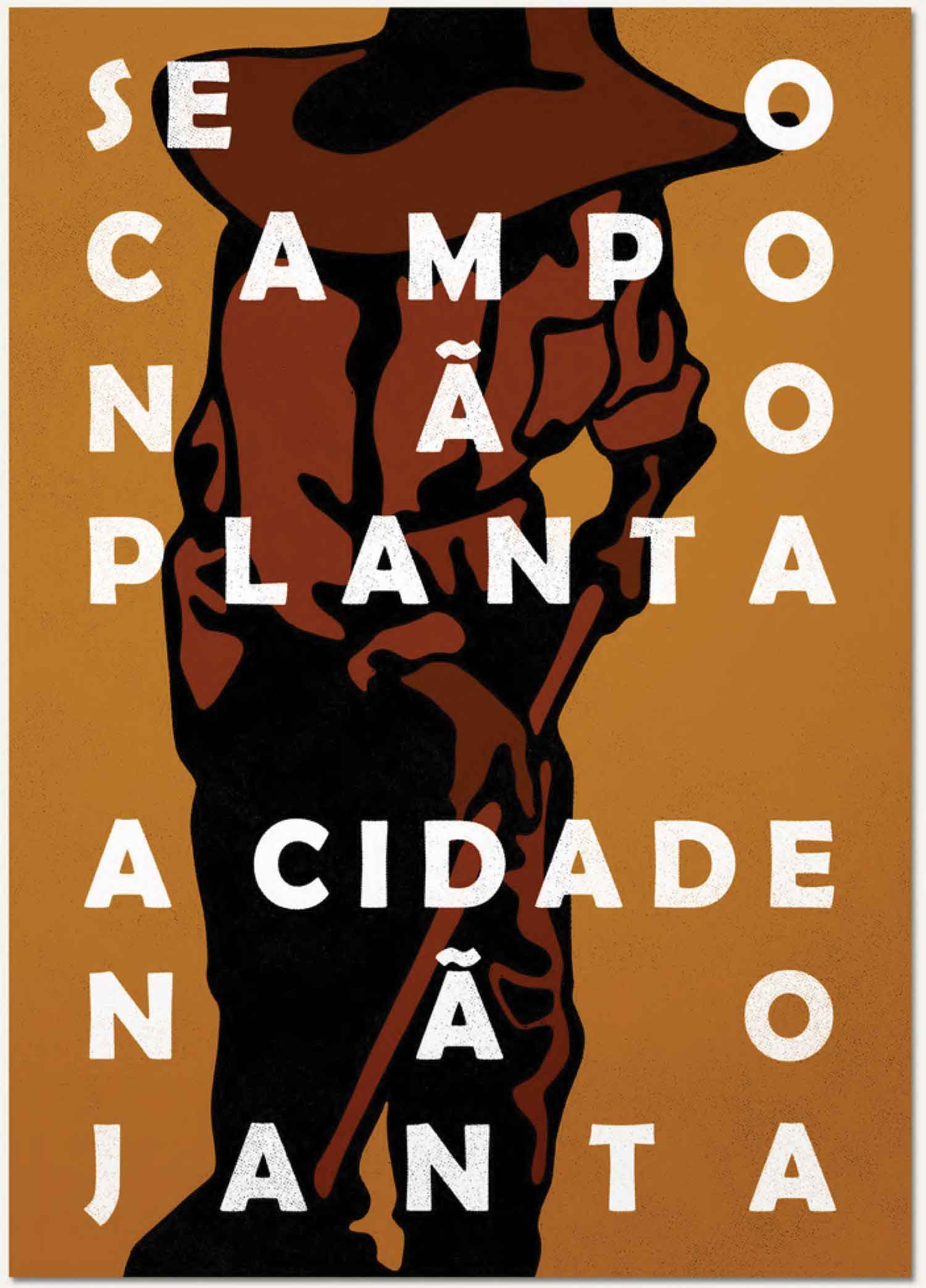
I’ve seen your work on social media, do your posters have a life in print? Do you have other distribution methods?
Today my art lives mainly on my webstore, where I sell part of my portfolio in a catalog of prints, woodcuts, and (soon) serigraphs. I still want to figure out how I could be able to send my art to other countries and make my projects even more internationalist.
What do you want your posters to do? Educate people? Inspire them? Mobilize them? How?
The posters are the graphic memory of a historical context and a political conjuncture that perhaps finds part of its expression in them. Ken Loach once said in the interview that he doesn’t expect his work to organize people on its own, but to inform them and primarily serve as agitation. I think my intentions here are the same.
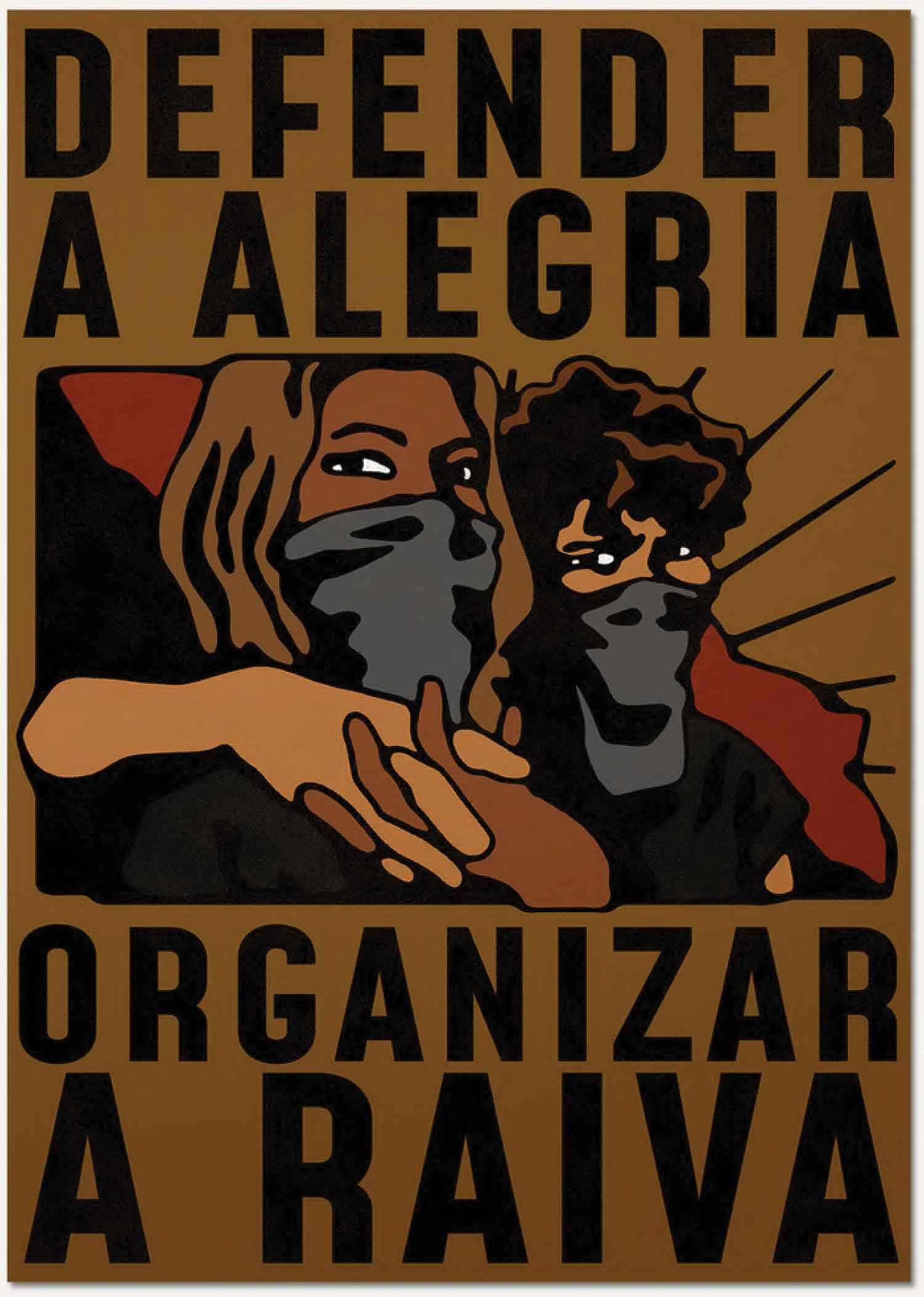
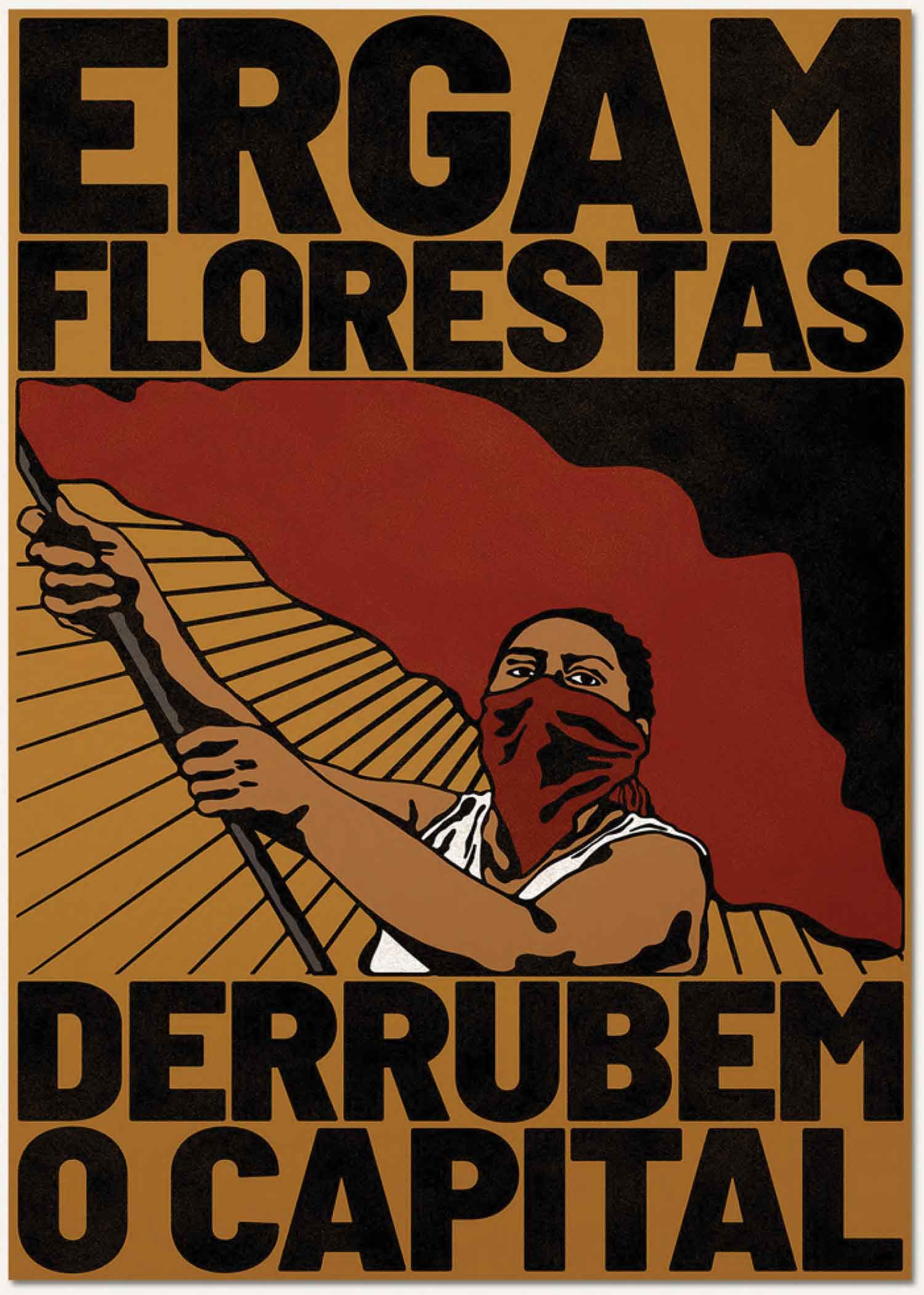
What artists inspire you? Are there other Brazilian artists you work with, appreciate, or think we should know about?
Some references of political artists from here that I would like to share (even without working together) are Revista Comando (@revistacomando) with their woodcuts; an illustrator named Cristo(@_____cristo); another illustrator named Diogo Rustoff (@diogo.rustoff); and the plastic artist Marcela Cantuária (@marcelacantuaria).
Signal: A Journal of International Political Graphics & Culture is the collective project of Josh MacPhee and Alec Dunn. All copies of Signal are available for sale here on Justseeds.
